Underlay And Overlay Betting: When To Do It
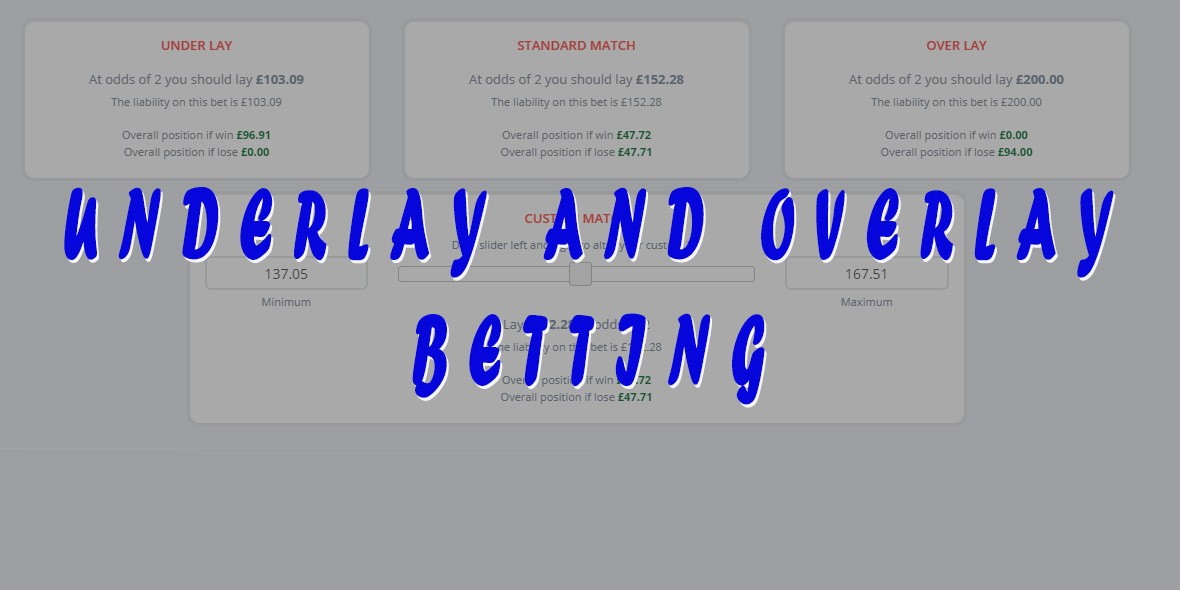
If you’re starting to get more into matched betting, you may have come across the terms underlay and overlay. But what does it mean to overlay or underlay a bet?
In this guide, we will explain what it means to underlay or overlay a bet, why you might do it, and discuss a few examples of situations where it may provide you with a further opportunity to increase your profits.
We will also discuss any current offers from bookmakers which might present a favourable situation for overlaying or underlaying.
These techniques are slightly more advanced and maybe a bit tricky to get your head around if you haven’t started matched betting yet. Don’t worry, you’ll get used to them pretty quick.
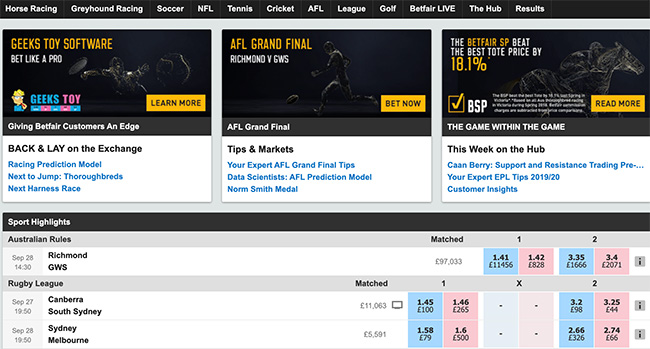
What Is Underlaying?
As you should be used to by now, when we are matched betting, we will usually be placing one regular, ‘backing’ bet with a bookmaker and then placing our ‘lay’ bet on our betting exchange – Betfair Exchange, Smarkets or something similar.
You may have noticed that by changing the stake of your lay bet on the exchange, you can change the amount of profit you make.
There is a range of values you can stake and still make money, more or less depending on whether the bet with the bookmaker wins, or the bet with the exchange wins.
Most matched betting calculators work by spreading out the risk evenly between both of your bets. This means you will make pretty much the same profit whichever bet wins.

If you underlay a bet, you are placing a smaller stake on the exchange than you would normally place.
The obvious outcome of this is that if your back bet with the bookmaker wins, you will make more profit.
Likewise, if the bet with the exchange wins, your profit will decrease.
What Is Overlaying?
Overlaying is the opposite of underlaying. You are increasing the stake for your lay bet on the exchange compared to the value recommended by the calculator (although some advanced matched betting calculators do allow you to underlay/overlay.)
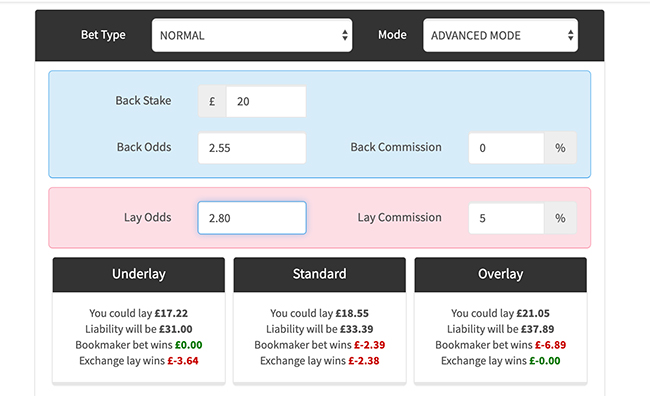
When you overlay, your profit will increase if the lay bet wins on the exchange. Likewise, if the back bet with the bookmaker wins, you will decrease your profit.
It is important to note that you are increasing your risk by changing the size of your lay bet. This can be a way to make matched betting more fun, adding an element of uncertainty.
This technique can be used once you become more confident in your chosen market. You have the opportunity to weight your bet based on who you think the winner will be. We will explain this further in the next section.
When To Underlay Your Bets
There are specific situations where you will want to underlay or overlay your bets to make the outcome more favourable.
Bookmakers are always coming out with variations on their offers to try and combat matched betting. Fortunately for you, we are always one step ahead.
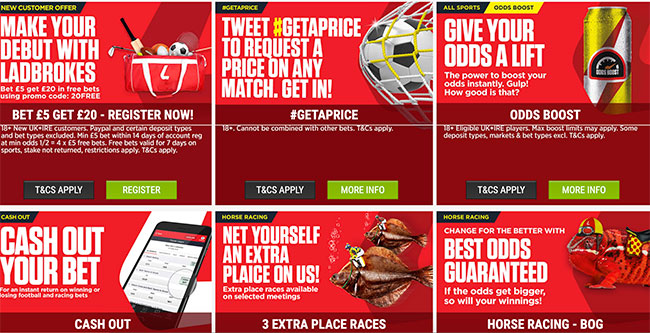
One such situation where you may want to underlay your wager is for a bonus offer for free bets if your bet loses.
An example of this would be placing over a minimum bet on a football match, and if your bet loses, you get a free £10 bet.
These offers are perfect for underlaying.
Ideally, you want to lose the bookmaker bet, so that you can qualify for the free £10 bet.
By underlaying, you are increasing your profit when the bookmaker bet wins. This means that if it goes wrong and you don’t qualify for the free bet, you have still managed to decrease your losses.
Here is an example of this in action:
Offer – Bet £20 on Man United v Arsenal and if you’re bet loses, qualify for a free £10 bet.
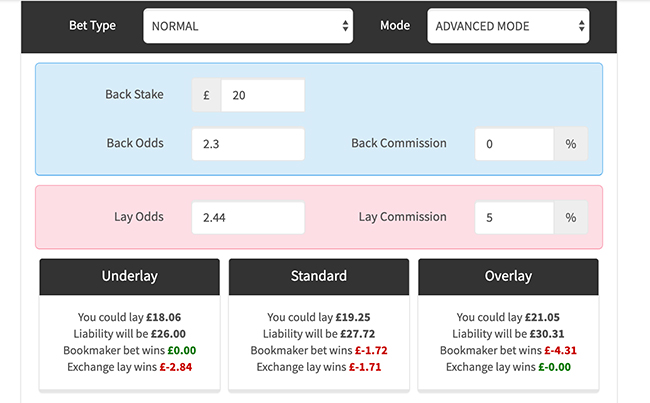
The odds on bet365 for backing Man United are currently 2.30. We place our £20 wager on Man United with bet365 at these odds.
On Betfair, the lay odds for Man United are currently 2.44. If we place our standard lay bet, our calculator has worked out to spread the risk evenly between each bet, we should lay a total of £19.25.
If we win with the bookmaker, we will lose £1.72, and if we win at the exchange, we will lose £1.71. Of course, we don’t mind losing £1.72 if we get a £10 free bet!

The problem with this kind of offer is if we don’t successfully lose our bookmaker bet, we won’t qualify for our free bet. As you can see in the above table if we underlay at the exchange and only lay £18.06, if it all goes wrong and we actually win with the bookmaker, we will come out even.
However, as always, the downside to decreased risk is, of course, decreased profit. If it goes to plan and we lose at the bookmaker and win on the exchange, instead of losing £1.71, we will lose £2.84.
Of course, we will stand to come out on top when we get our free bet. With a free £10 bet, we should be able to make around £5 pretty easily, depending on how favourable we can get our odds between the bookmaker and the exchange.
You have essentially made a usually risky offer risk-free by underlaying.
You can also take advantage of a movement in odds. For underlaying, you are looking for high odds with the bookmaker and lower odds at the exchange. In this situation, you can weigh in on who you think will win.

This is different from regular hedging where your risk is spread evenly between all outcomes.
You are still placing a standard wager based on what you judge the outcome to be, except in this case, if you lose your bet you should still break even.
You may want to underlay when you need to complete an offer based on wagering requirements. Using the underlaying technique, you can make more money on your bookmaker bets.
This means that you will have more money in your bookmaker account to play with, and therefore hopefully complete your wagering requirements faster because you have a bigger bank.
The faster you can complete your wagering requirements the better, as a lot of the time your money will be locked up with one bookmaker while you are doing this.
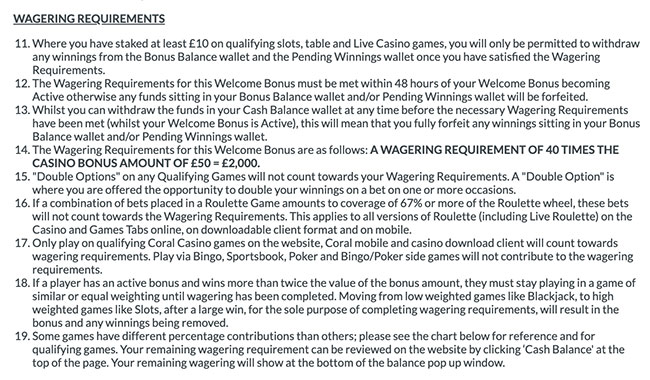
When To Overlay Your Bets
Situations, where you want to overlay, are essentially the opposite of when you want to underlay.
We underlay when the offer depends on picking a loser at the bookmaker, and overlay when the offer depends on picking a winner at the bookmaker.
Overlaying is less common than underlaying, but there are a few offers out there where we can apply this technique.
A common free bet offer with a bookmaker is picking a winning racehorse at odds of 5.0 or greater to qualify for a free £10 bet.
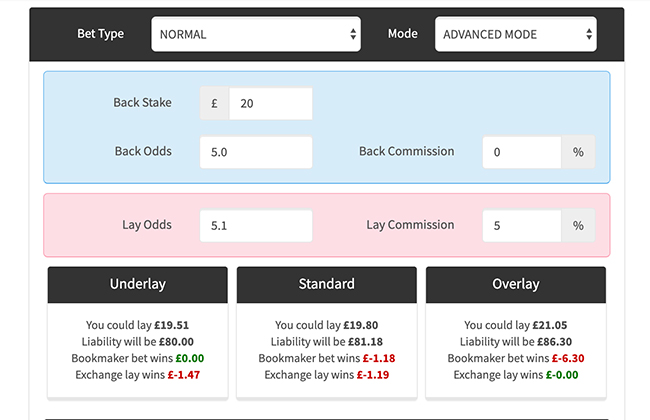
Here we have the odds for a horse, Lakes Folly, racing at Flemington in Australia. If we back the horse to win at bet365, we get odds of 5.0. Our calculator has worked out that to spread the risk evenly, we should lay the horse for £19.80 on the exchange at odds of 5.1.
Whatever happens, we will lose either £1.18 or £1.19. Our problem with this offer is if we don’t manage to pick a winner, we won’t get our free bet, and we will lose money.
In order to get around this, we can choose to overlay on the exchange. Our calculator has worked out that if we increase our lay amount to £21.05, then we won’t lose anything if we fail to pick the winner at the bookmaker.
However, as with underlaying, by overlaying like this we decrease our potential profit for the sake of lower risk.
If we do successfully pick the winner with the bookmaker, we will lose £6.30. This isn’t the end of the world as we now qualify for our free £10 bet, which we can now use to make a profit larger than this amount.
We have cancelled out the risk and managed to get ourselves a free bet, or at least make sure we aren’t losing any money.
With this technique, you can decrease your risk with certain ‘risky’ offers.
Normally, someone who is trying to stay away as much as possible from any risk might not even bother with free bets that depend on picking a winner/loser.
With underlaying/overlaying, you decrease your risk if it goes wrong and you don’t qualify for your free bet.
Likewise, with overlaying, we can look for opportunities where there is a movement in odds.
Here we can bet against an outcome by stacking more profit in the exchange. As before, we should still break even if we are wrong in our selection.
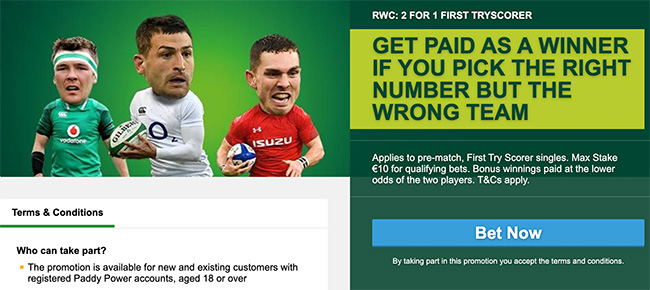
Creating Custom Lays
Many matched betting calculators offer a slider where you can change your lay stake and see your potential for profit/loss depending on the outcome.
To use the slider, you may have to set the calculator to ‘advanced mode’.
This allows you to adjust your risk depending on what you think the outcome will be. This is especially useful when you are placing your free bets.
You can still choose to make a selection of who you think will win, and make more money based on how confident you are in your selection.
However, you should always make sure you at least break even (including taking into account any money you lost in earning the free bet!).
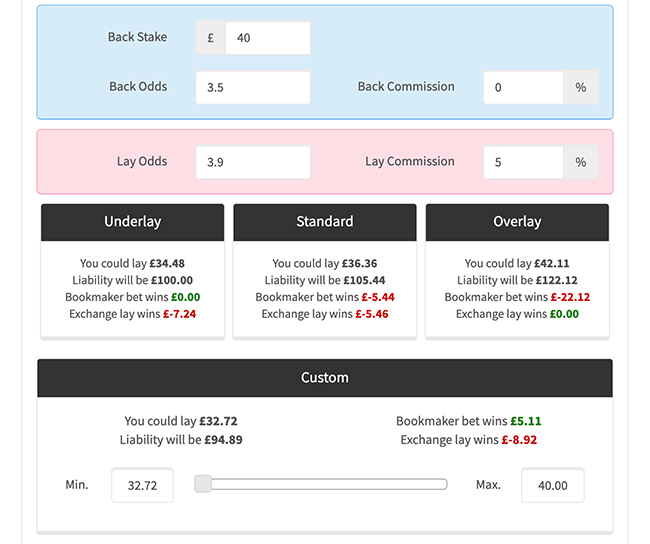
If you aren’t at least breaking even, then you are no longer matched betting, you are simply gambling like any regular punter.
Keep in mind that we aren’t here to gamble, we are here to make sure we are always locking in our profit, and making consistent gains over time.
You can also use the custom lay slider when you are first starting, to find a value that keeps your liability low.
If you have a small bank that ends up getting spread out through multiple bookmakers, you may find that you don’t have much cash to back up your exchange liability.
By using the slider, you can decrease your lay amount so your liability goes down, but you are still in a profitable position whatever the outcome.
Things To Remember
Underlaying and overlaying are advanced matched betting techniques that will help you decrease your risk with certain offers that come with a certain amount of risk attached.
Using these techniques correctly and in the right circumstances will allow you to reduce the risk to zero in many cases.
If you are starting to get a keen eye for a winner in your chosen market, you can use underlaying and overlaying to help increase your total profits, while still making sure you aren’t losing money on any bets.
Make sure you always use a matched betting calculator to ensure you don’t make any costly mistakes.
On most matched betting calculators, you can use the custom lay slider to adjust the level of risk associated with any bets you place.
This can also help find the right value of liability if you find that your bank is locked up with several different bookmakers while completing wagering requirements.
About the Author
This post was written by Andy Beggs. Andy is a keen sports fan and has been writing for Beating Betting from his home in Australia since August 2019.
